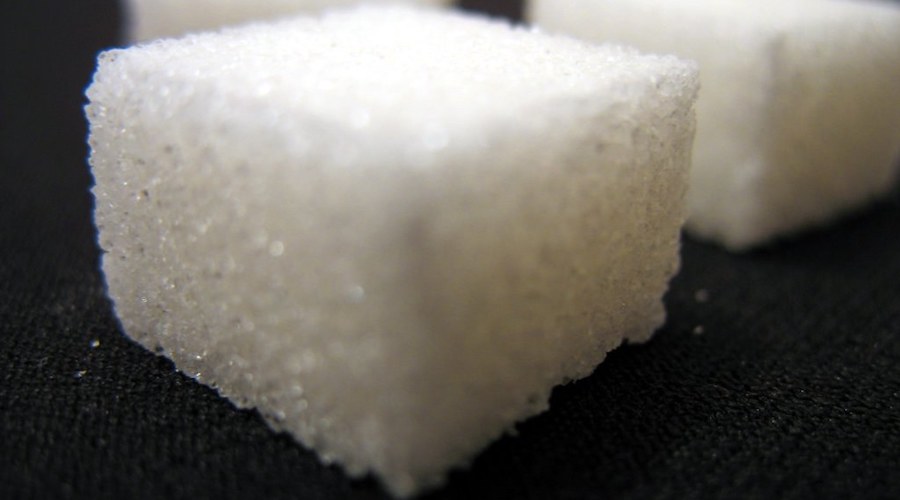Mining
Sunday, July 31st, 2022 6:15 am EDT

The issue with zinc batteries so far is that when the zinc ion (Zn2+) concentration on the surface of the anode drops to zero, dendrites start growing. Uncontrolled Zn dendrite growth deteriorates the electrochemical performance and poses a serious threat to safe operation.
“These dendrites can penetrate the separator and cause the battery to short-circuit,” study co-author Meinan Liu said in a media statement.
According to Liu, past studies have shown that adjusting the solvent environment -called ‘solvation structure’- can increase the mobility of Zn2+ in response to the electric field and successfully suppresses the growth of dendrites. The problem was that these previous adjustments—like introducing other salts or including fewer water molecules—ended up decreasing the ionic conductivity of the system as well.
“There was a fundamental understanding gap between Zn2+ solvation structure and its mobility,” the researcher said. “This was a key factor affecting the dendrite growth and stability of Zn anode.”
In an attempt to bridge this gap, Liu and his colleagues tried a new tack: introducing common table sugar with multiple hydroxyl groups, that is, hydrogen and oxygen bound together into the electrolyte to adjust the solvation structure of Zn2+.
By conducting atomistic simulations and experiments, the research team confirmed that the sucrose molecules enhanced mobility and stopped dendrite growth without compromising stability.
“Findings confirm that sucrose molecules in the solvation sheath not only enhance the mobility, ensuring fast Zn2+ kinetics, but also protects the Zn anode from water corrosion and successfully achieves Zn dendrite-free deposition and side reaction suppression,” Liu said. “This demonstrates the great potential of using this simple sucrose modification for future high-performance zinc batteries and brings the research field a step closer to the ultimate goal of achieving a safe, green, high-performance Zn battery.”
This post has been syndicated from a third-party source. View the original article here.




